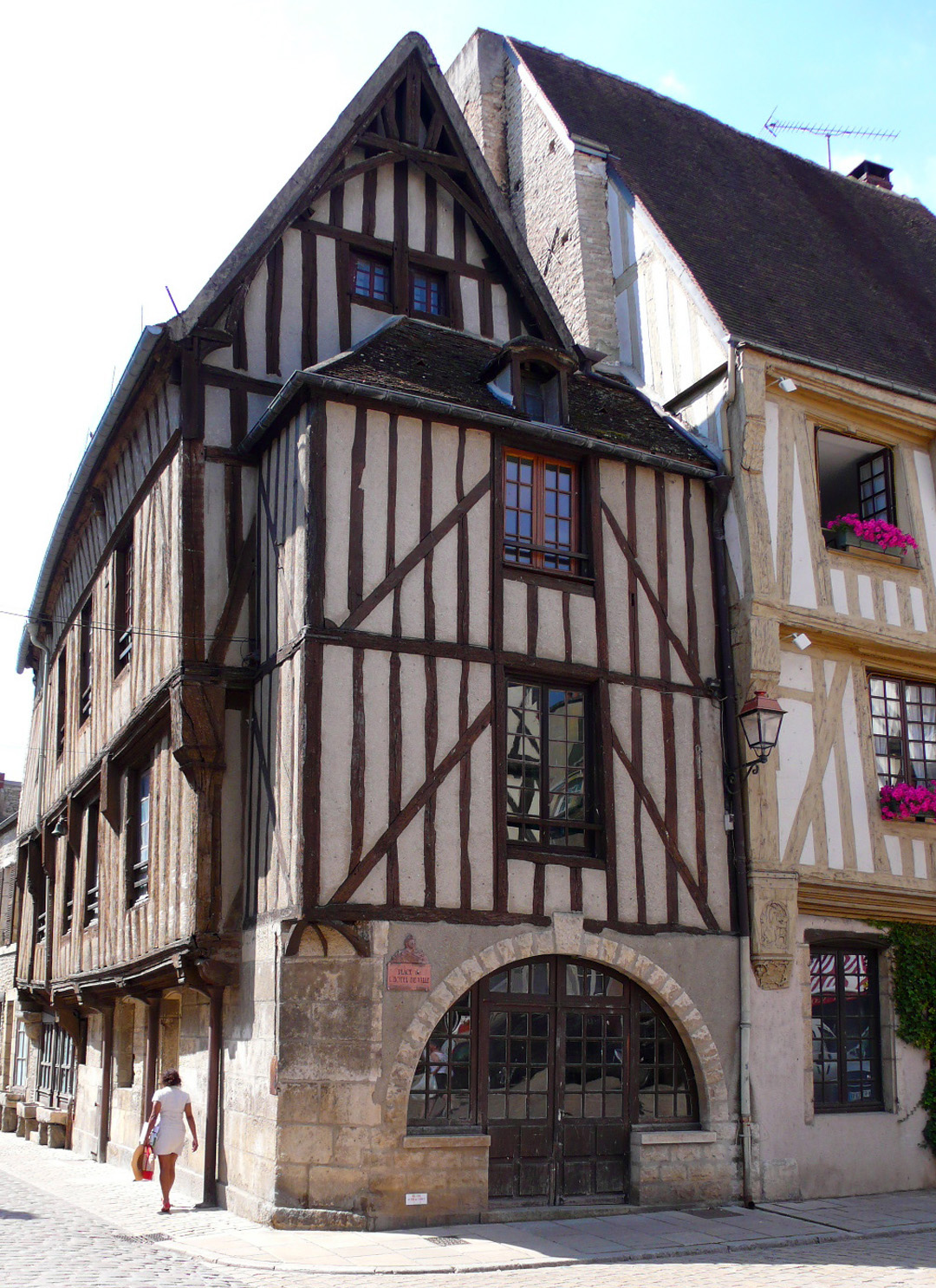An artist residency in a beautiful place such as the medieval village of Noyers sur Serein in Burgundy, France, leads to reflections on how one perceives time. All around in the village are beautiful buildings that date from the 15th century, houses that are still occupied, loved and cared for.
The lovely church, whose bells sonorously mark the passage of the hours, is visibly marked by the six centuries that it has known.
The cobbled streets are a reminder of other ways of transport, inducing strolls along the streets rather than a hurried drive though by car. The village is delineated by its arched entrances and the towers that guarded its confines in more bellicose times of yore, after 1419 when the Dukes of Burgundy held sway, sometimes by force.
In other words, time in some ways has been held in abeyance. There is the sense that visitors and inhabitants alike can slip backwards through the centuries to earlier, slower times. One's perception of historical time is constantly reinforced, with reminders that man has lived in this village for an extremely long time. Even the peaceful cattle grazing in fields on the village edge reinforce the sense of timelessness.
Because the village is small, the sense of unity and harmony is reinforced. Flowers everywhere and walled gardens attached to most houses enhance the desire simply to slow down, delight in the beauty and forget the outside, fast-tempo world. When I was there last week, the Noyers Music Festival, a delight in itself, brought young musicians in for master classes and music floated out of open windows throughout the village as residents opened their homes to the students to practice and lodge. Again, time slowed in delight.
Meanwhile, as an artist, I was busy drawing, hard at work on my venture of trying to marry metalpoint to aspects of Burgundy's monastic and wine-producing history. As every artist knows, as soon as you start trying to create a piece of art, time and its perception become merely an abstraction. You lose all sense of time. The only tempo that I find is imposed on me, as the hours slip by unperceived, is the need to stop to rest my eyes and have a cup of tea and something to eat, to refuel.
The days melted away almost imperceptibly for me. It was a strange sensation, in truth. Whilst drawing, I had absolutely no sense of the passage of the hours. Yet as soon as I stepped outside La Porte Peinte, I was constantly reminded of the other dimensions of time, with so much history visible that marked the passage of centuries. And yet that passage of time is almost frozen in a medieval village that has so carefully preserved its heritage.
So many ways to measure time, all during a magical time creating metalpoint drawings.It seems to me that occasionally, we all need to remember that time need not be marked by the relentless technology of today that corrals us into a frenzied way of life. We risk ending up divorced from aspects of life that bring us peace and joy as they link us to nature and our collective heritage.



































